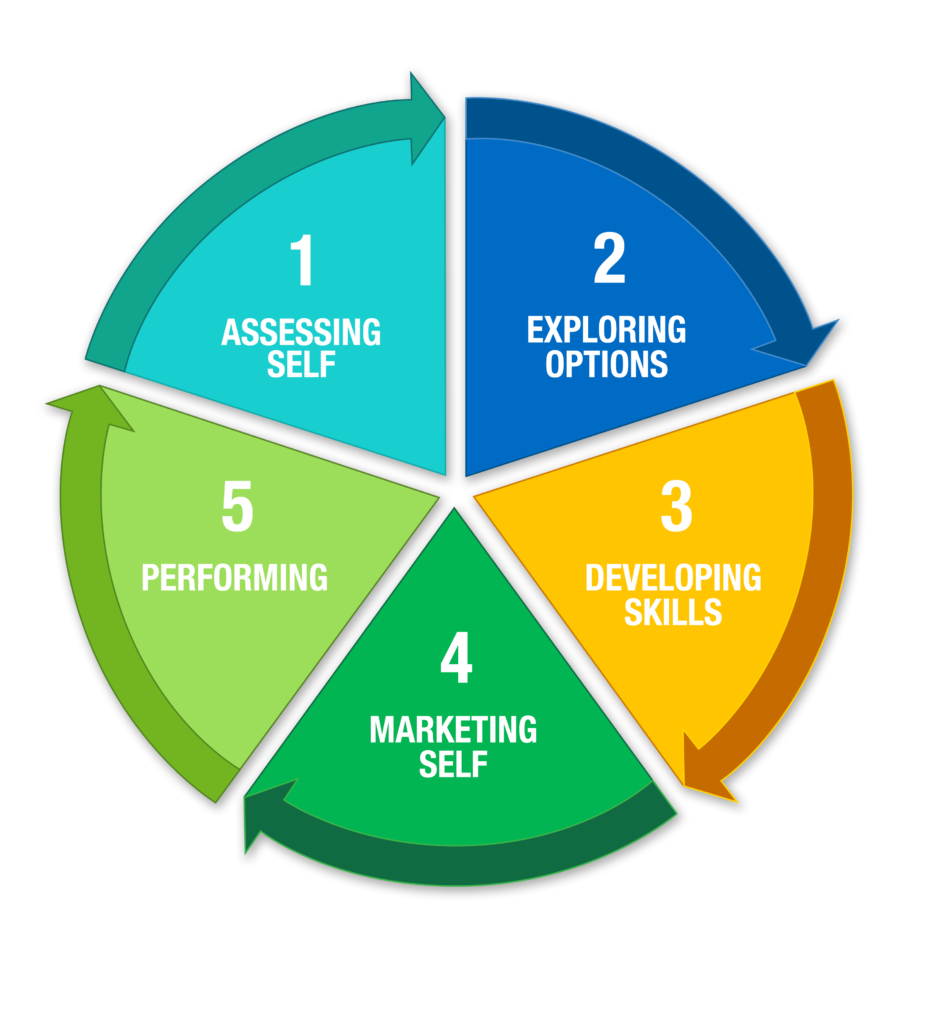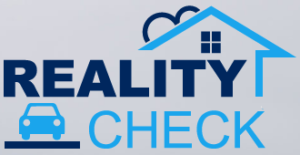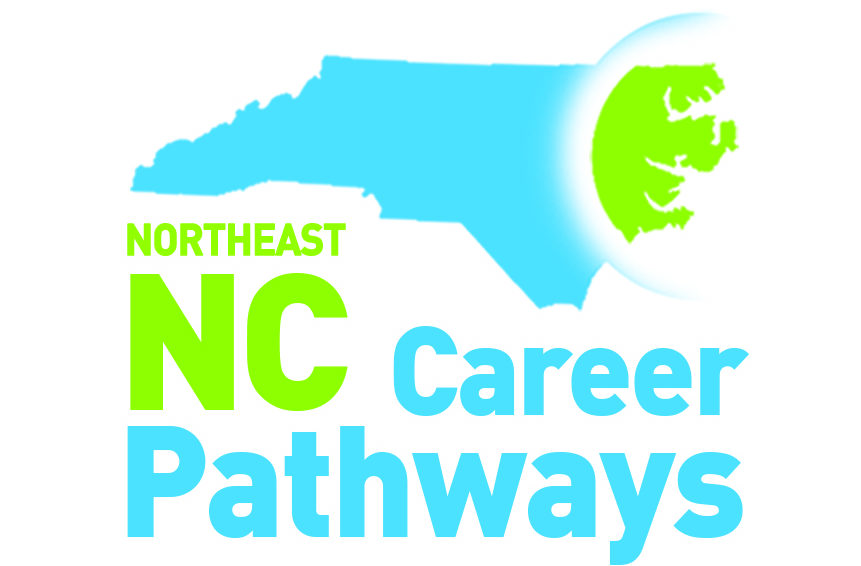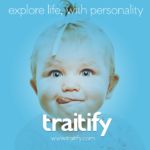
Consider that a person may be a lifelong job seeker or desire continuous advancement. An optimum time to reflect on future employment plans is in middle school (commonly grades 6-8) where students explore options and devise plans to reach employment and lifestyle goals. High school is a time to refine employment options, re-evaluate plans, and adjust goals. After high school, the learner may enter the workforce, training programs, the military, community colleges or universities. During this phase of continued education, the learner is preparing for employment primarily though theoretical and direct skill acquisition. Supporting the lifelong learner, adult workforce development programs aid job seekers as they move through the “on and off ramps” of life. Throughout a lifetime, the learner can utilize resources from multiple agencies and institutions, and the career development cycle occurs continuously.
STEP ONE – ASSESSING SELF

What do you want to be when you grow up?
We ask this question of children all the time, but how often does that lead to a discussion of how to find the best career match? It’s important to understand our interests, skills, abilities and financial needs when thinking about our career options. Here are some tools to help assess your needs and interests.
1. Do you know what it takes to be successful in the new economy?
2. How much will you need to earn in the future? Reality Check is here to help!
Reality Check from the North Carolina Department of Commerce is a fun, new online tool designed to estimate the income necessary to support your desired lifestyle. State where you’d like to live in North Carolina and how you spend your money. From there, you’ll be directed to jobs that meet your financial needs.

https://nccareers.org/realitycheck/landing/
3. Measure personality traits and match to career interests.
Traitify uses human interaction with images to create the fastest validated talent assessments in the market. They’re mobile, easy and go beyond just selection. Use a desktop, tablet or mobile phone to complete the assessment in less than 2 minutes.
http://nencpathways.traitify.com
_______________________________________________________________________________
These three will get you started and provide some information, but it’s always good to complete multiple assessments in order to better understand what you want. Next you can move on to Step Two: Exploring Options or check out some other opportunities for assessing yourself:

https://nccareers.org/interestprofiler/
CFNC.org has six assessments you can use to learn about yourself in different ways. These include an Interest Profiler, Career Cluster Survey, Basic Skills Survey, Transferrable Skills Checklist, Work Values Sorter and the Career Key.
https://www1.cfnc.org/Plan/For_A_Career/Learn_About_Yourself/Learn_About_Yourself.aspx


